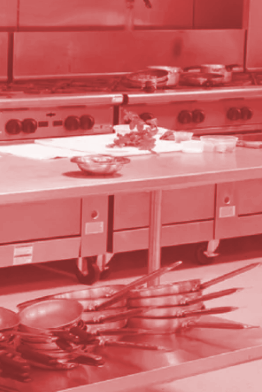Pan scan shows plastic release
 Scientists have measured the millions of tiny plastic particles that can come off Teflon pans during cooking.
Scientists have measured the millions of tiny plastic particles that can come off Teflon pans during cooking.
Researchers from Newcastle University and Flinders University have been investigating how non-stick cookware wears thin over time.
Their new study shows just one surface crack on a Teflon-coated pan can release about 9,100 plastic particles.
At a micro scale, their imaging and algorithms have identified the release of 2.3 million microplastics and nanoplastics from broken coating.
“The non-stick coating material Teflon is generally a family member of PFAS,” says University of Newcastle researcher Dr Cheng Fang.
“Given the fact PFAS is a big concern, these Teflon microparticles in our food might be a health concern so needs investigating because we don't know much about these emerging contaminants.”
The study developed a molecular spectrum approach to directly visualise and identify the Teflon microplastics and nanoplastics, which are more difficult to monitor than other plastics.
Flinders University researcher Professor Youhong Tang says the study highlights the need to gain insights into the threat of Teflon plastic debris during daily cooking.
“It gives us a strong warning that we must be careful about selecting and using cooking utensils to avoid food contamination,” says Professor Tang, from the College of Science and Engineering at Flinders University.
“More research is recommended to address the risk assessment of the Teflon microplastics and nanoplastics, given that Teflon is a family member of PFAS.”
More details are accessible here.







 Print
Print